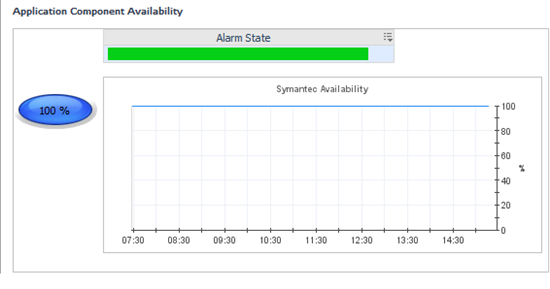Introduction
For many years, I’ve had the opportunity to provide implementation consulting on the Foglight End User modules Foglight Transaction Recorder (FTR), Foglight Experience Viewer (FxV) and Foglight Experience Monitor (FxM). When setting up Foglight service availability dashboards a common End User related service availability question I am asked is which is better for web server availability reporting, FxM or FTR?
Foglight Experience Monitor (FxM)
FxM provides in-depth passive monitoring of HTTP and HTTPS page (URL) level metrics such as page end-to-end time, page processing time, page client time as well as many other End User related metrics. The capturing of End User metrics occurs as long as data is being received by an FxM appliance. If there are no users using the business applications that are being monitored by FxM then there will not be data captured by the appliance. In the event an application goes down, FxM will not know if an application is down or that users are not using the application such as after work hours or on weekends. Therefore, FxM would not be a reliable source for driving service availability dashboards within a Foglight Management Server. FxM has many other End User related benefits such as rolling up related web page metrics into application components for application performance reporting.
Foglight Transaction Recorder (FTR)
FTR provides the capture and replay of user (business) transactions such as logging into business applications and performing a sequence of steps such as entering data in data entry fields and clicking icons to submit the data entered. For example, FTR scripts are used often for logging into business applications and then performing steps to complete a transaction such as performing an application search where data records are retrieved and displayed in a web page.
FTR scripts are recorded once then played back every (n) number of minutes on FTR player servers that are managed by a Foglight Management Server. When scripts are played, the same steps that were recorded are executed in the same sequence to complete a transaction. For each execution of a script, metrics related to the processing of the script are recorded and sent to a Foglight Management Server for reporting and rule evaluation. Since scripts are played back continuously, FTR is in a good position to determine if an application is responding correctly and therefore can be used to determine if service availability is impacted.
An example of using FTR is at Quest Software where FTR is used internally to monitor availability of the oracle e-business and Siebel applications on a continuous basis with FTR players running in the United States and remote countries. If an FTR script fails to log into its respective application then the FTR player will detect the failure and notify a Foglight Management Server where email alerts will be sent immediately to application support personnel and service availability dashboards will report on the unavailability of the application being monitored.
Conclusion
Foglight Experience Montitor and Foglight Transaction Recorder provide unique benefits and both should be used for comprehensive End User reporting.
Foglight Transaction Recorder provides a better framework for web site service level availability reporting since FTR scripts will run twenty four hours a day seven days a week continuously checking the availability of business applications. The collection of continuous metric availability data (that is also sent to the Foglight Management Server) enables Foglight service availability dashboards to be created showing application availability even when there are no users accessing the application.
Sample availability dashboard created from FTR metrics to show availability of a Symantec application in the last eight hours:
David Mendoza
Foglight Consultant
About the Author
David Mendoza was a Quest Software employee for seventeen years before starting Vista Software Group in 2008. Since then he has focused on implementation consulting and providing training services for the Quest Software APM product line as a subcontractor.


